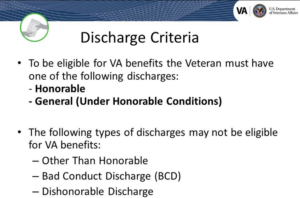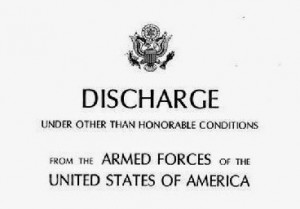Statistics of Iraq War

By Debbie Gregory.
There are many ways to calculate the cost of war. Paying for a war doesn’t end when the fighting does. The initial fight in Iraq was meant to cost no more than $60 billion, a small fraction of the cost to date. The financial cost of the war in Iraq, through Fiscal Year 2013, stood at $1.7 trillion.
Paying for this war will continue through the next generation, but there are other numbers, besides the monetary cost, that are staggering, especially the human toll.
Direct war deaths, which don’t include the hundreds of thousands more that died due to war-related hardships, stands at approximately 189,000.
There were 4,488 U.S. service personnel who were killed directly.
If you take PTSD out of the equation, 32,223 troops have been injured. The number of those with PTSD is anywhere from 11%-20% of those who served. Over 250,000 troops have been diagnosed with a traumatic brain injury through 2013.
For those who aren’t in uniform, 134,000 civilians and 150 journalists have lost their lives. Close to 3 million remain either internally displaced or have fled the country.
Equipment and infrastructure both come with hefty price tags: $20 billion was paid to KBR for equipment and services, and $60 billion was paid for reconstruction. All in all, the price tag for subcontractors is expected to be $75 billion.
U.S. forces used 38,095 barrels of oil each day, at a cost of $127.68/barrel.
Before the war, Iraq owed $4 billion to the U.S, but now the U.S. owes Iraq $7 billion.
Servicemembers will often say that they answered a call to serve and wouldn’t trade their time in the military for anything. But it is important to remember that the consequences of war, at home and abroad, do not end simply with a cease-fire.
Military Connection salutes and proudly serves veterans and service members in the Army, Navy, Air Force, Marines, Coast Guard, Guard and Reserve, and their families.


























